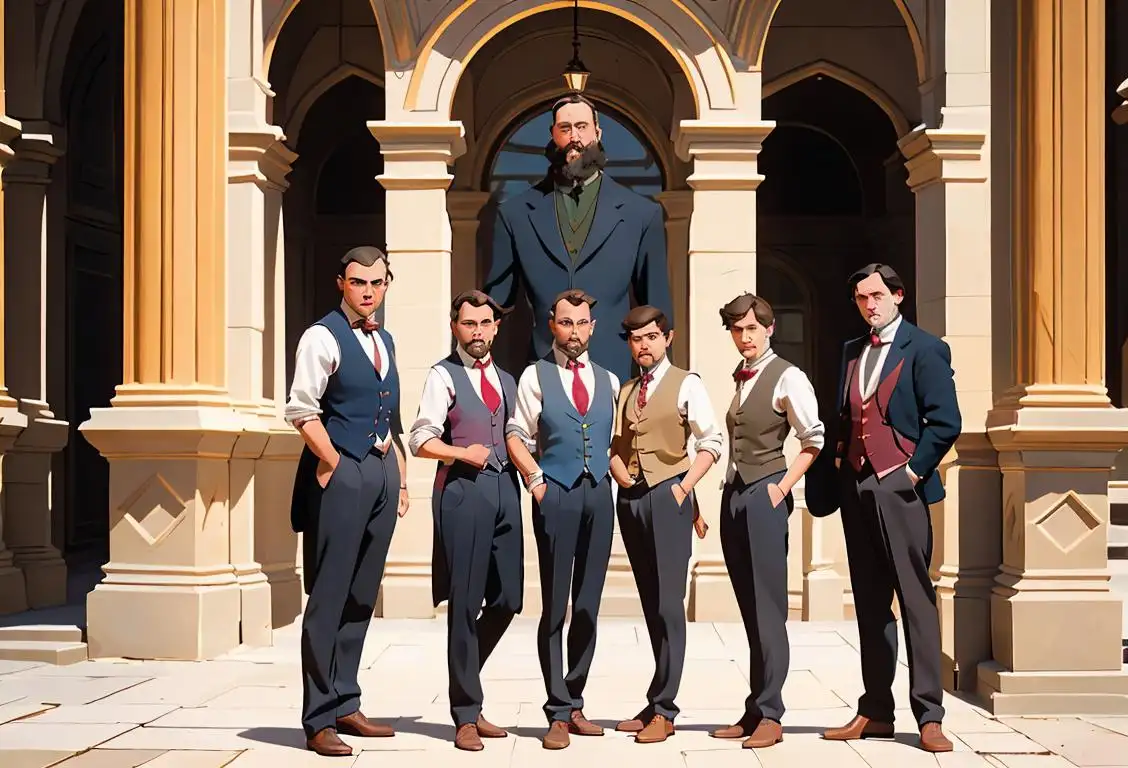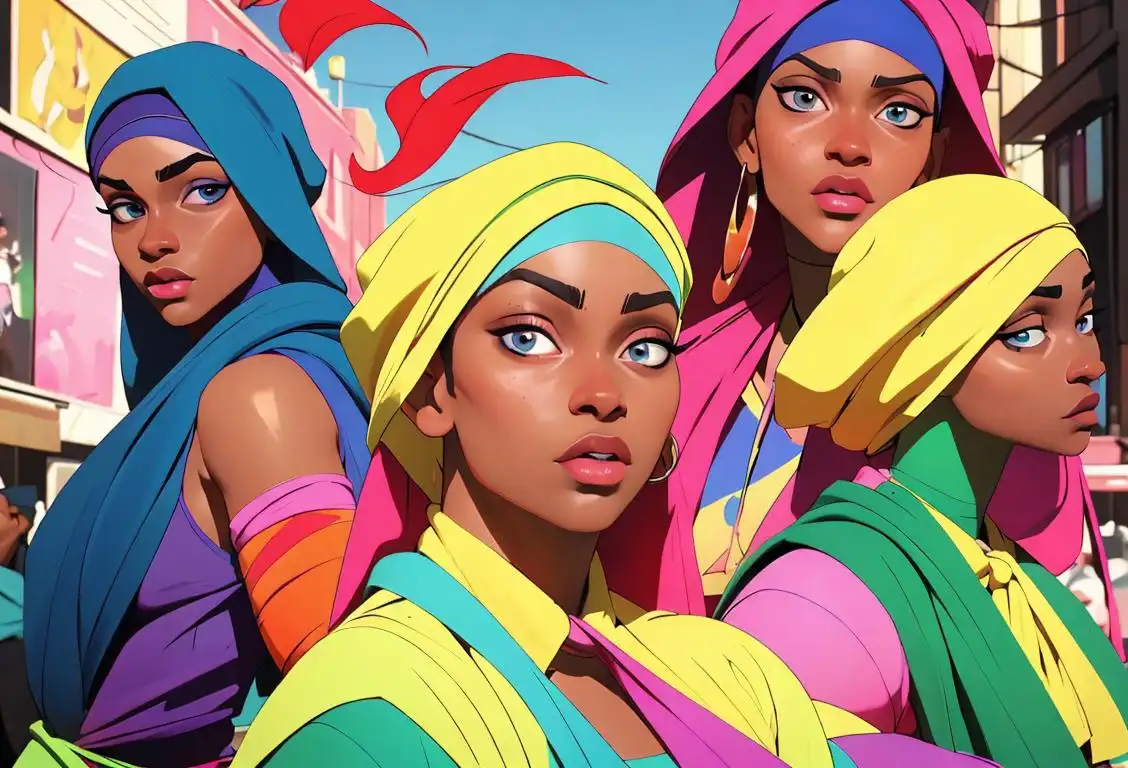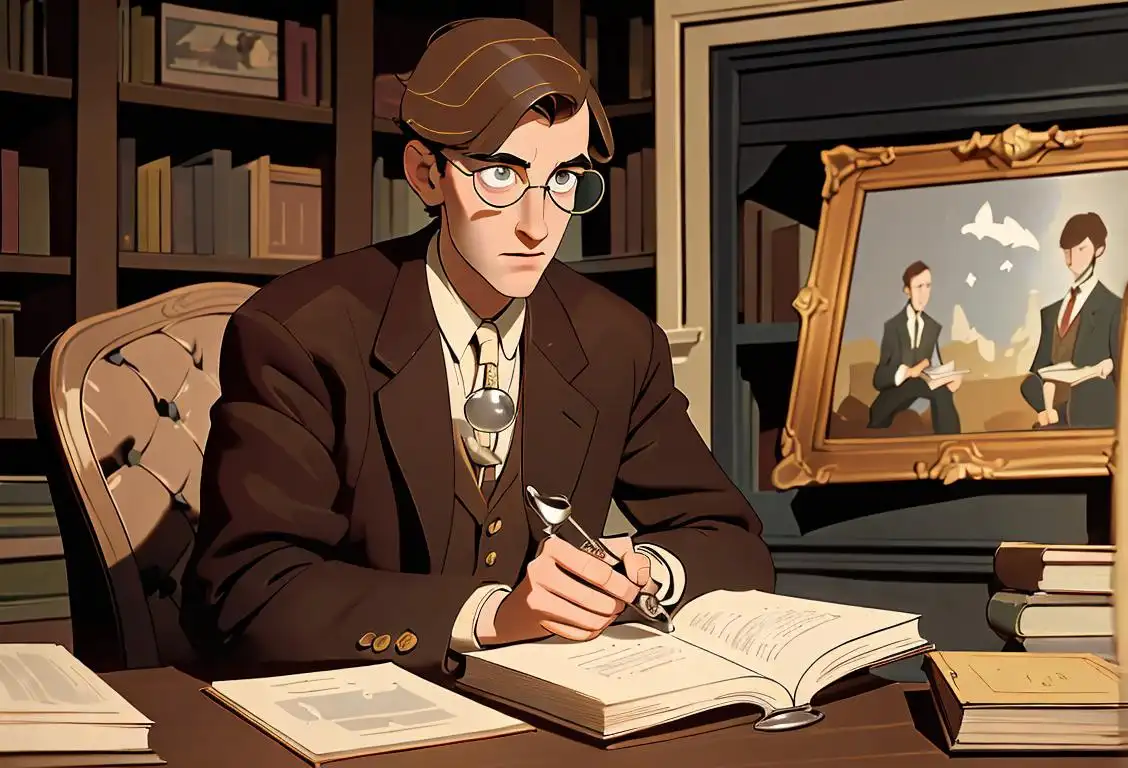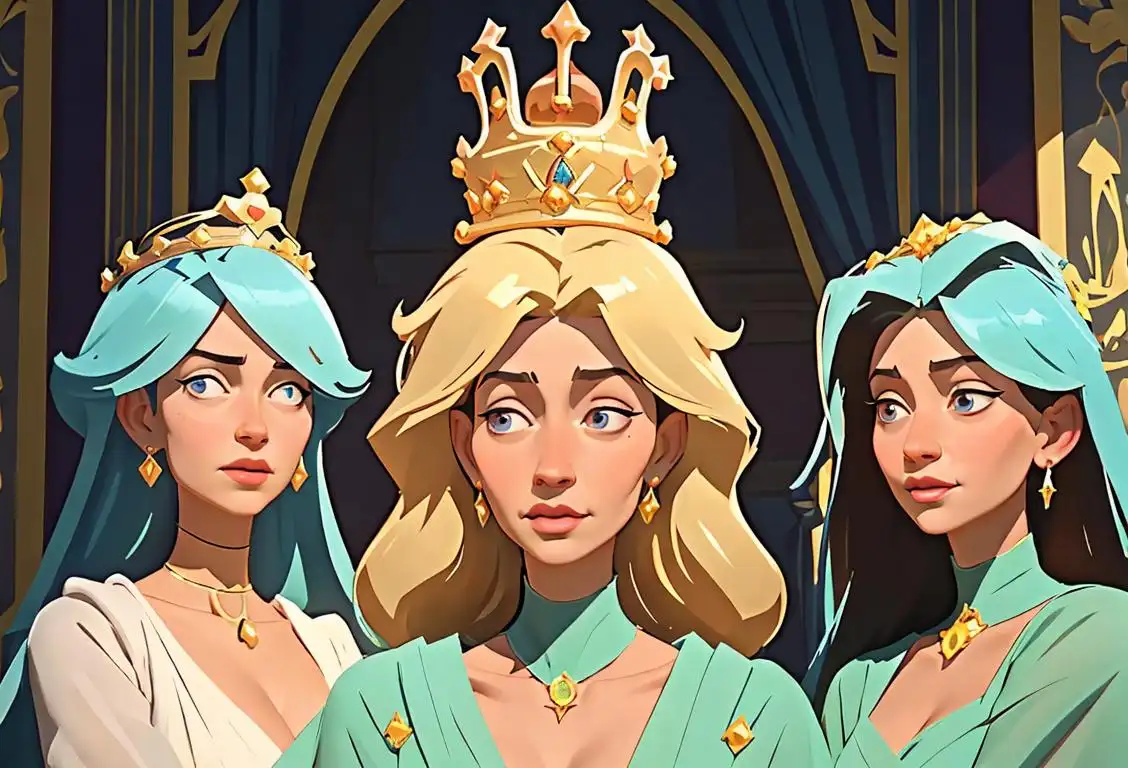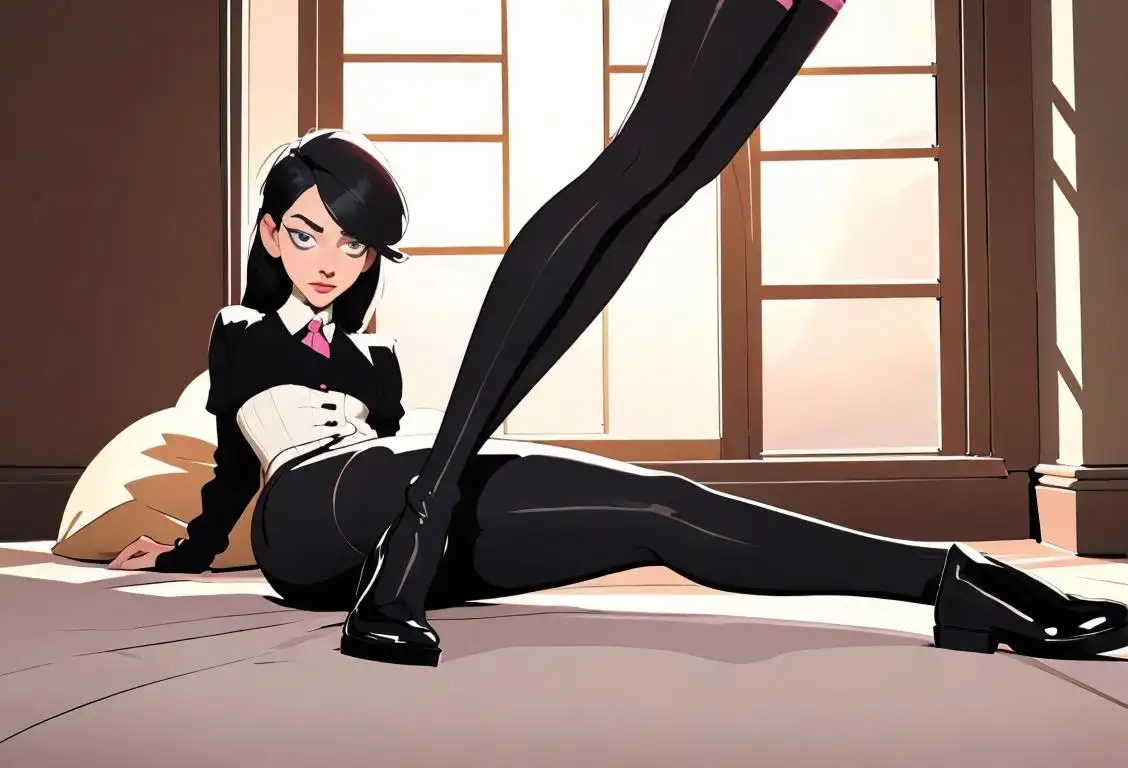National Button Day
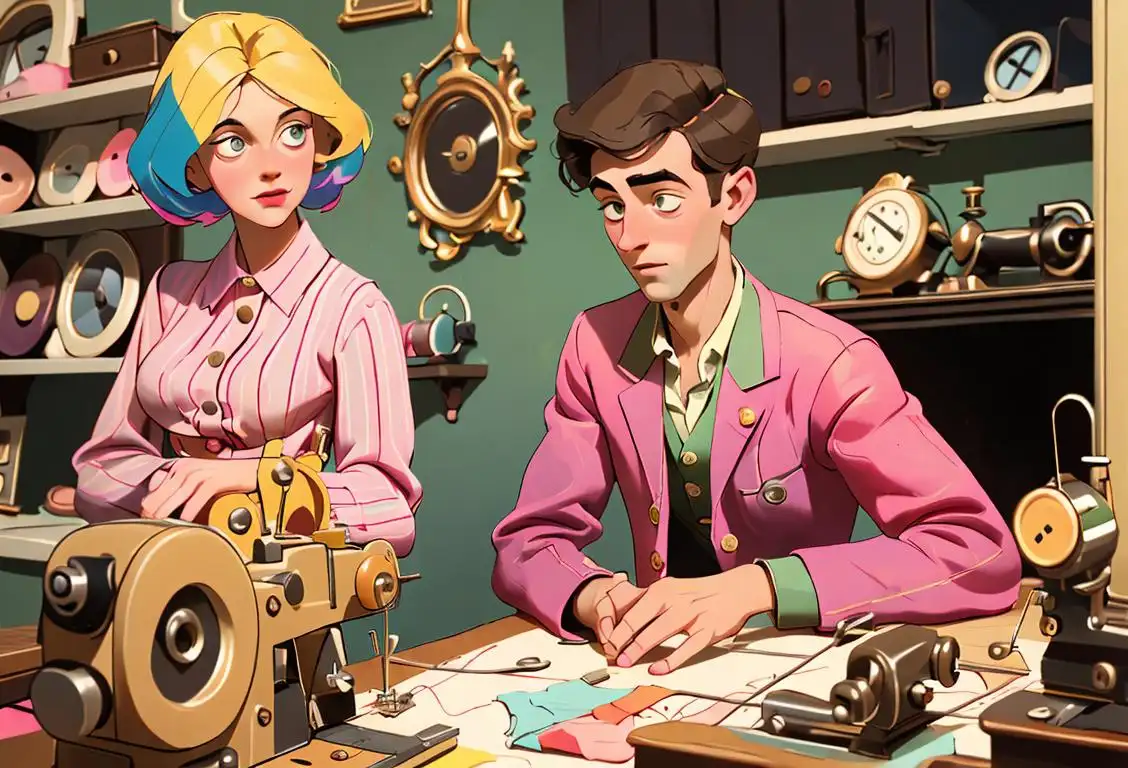
Welcome to the wonderful world of buttons! Today, we celebrate National Button Day, a day dedicated to those tiny, yet brilliant, accessories that hold our clothes together. So, buckle up your shirts, fasten your pants, and get ready for a fun-filled exploration of the history, fashion, and functionality of buttons!
When is Button Day?
It's national button day on the 16th November.
A Brief History
Buttons have been around for thousands of years, playing an essential role in fashion and everyday life. The ancient Egyptians used decorative buttons made of shells, while the ancient Greeks fastened their garments with pins or brooches. However, it was during the 13th century that buttons as we know them today started gaining popularity in Europe.
In the 18th and 19th centuries, buttons became a symbol of wealth and fashion, with ornate designs and expensive materials. But it wasn't until the Industrial Revolution that buttons were mass-produced, making them accessible to people of all social classes.
The Button Renaissance
The 20th century brought the button to new heights of creativity and versatility. From decorative buttons adorned with rhinestones and pearls to functional buttons that doubled as compasses and mirrors, the sky was the limit.
The rise of the fashion industry and the introduction of sewing machines made it easier than ever to add buttons to clothing. Buttons became a way to express personal style and add flair to any outfit.
Button Fun Facts
Did you know that the world's largest button collection is housed in Musée de la Mode et du Costume in Paris? It boasts over 3,000 buttons from different periods and cultures. Talk about a button lover's dream!
History behind the term 'Button'
1300
The Birth of 'Button'
The term 'button' originated in the 14th century and was derived from the French word 'bouton', meaning bud or small round object. Initially, it referred to small, decorative knots used in clothing as a fastening device.
1500
Button as a Fashion Statement
By the 16th century, buttons started to gain popularity as fashion accessories. Made from materials like silk, metal, glass, or even pearls, buttons became an important embellishment on garments, symbolizing social status and personal style.
1824
The Button-Making Industry
In the early 19th century, the industrial revolution led to the mechanization of button production. The development of button-making machinery made it possible to produce buttons in larger quantities, which led to a boom in the button-making industry.
1890
Button Collecting Takes Root
During the late 19th century, button collecting became a popular hobby. Collectors would seek out unique and antique buttons, often organizing them into categorized collections. The hobby still thrives today, with dedicated button collectors and clubs.
1945
Push-Button Technology Emerges
Advancements in technology led to the development of push-button mechanisms in the mid-20th century. Push-buttons began replacing traditional buttons in various devices and appliances, transforming the way we interact with technology.
2007
The Era of Digital Buttons
With the rise of touch screens and smartphones, buttons took on a new digital form. The physical push-button gave way to virtual buttons, revolutionizing user interfaces and opening up new possibilities for interaction and functionality.
Did you know?
Fun Fact: The Guinness World Record for the most clothing buttons sewn in one minute is 56 buttons! It was achieved by Oliver Keller from Germany in 2016. Now that's some speedy button action!Tagged
history fashion accessoriesFirst identified
16th November 2015Most mentioned on
16th November 2015Total mentions
1105Other days
Bandanna Day
Button Day
Waistcoat Day
Du Rag Day
Handbag Day
Earmuff Appreciation Day
Pearl Remembrance Day
Tweed Day
Crown Day
Legwear Day

